
 The Marina ... breathtaking.
The Marina ... breathtaking.
Nakheel has announced the latest evolution of The Palm Deira, the final part of Nakheel’s world famous Palm trilogy, unveiling a radically changed and improved masterplan for the world’s largest man-made island.
The new masterplan sees several fundamental improvements that will benefit residents, investors, tourists and the environment, including increased land area but reduced sand volume and rock revetment, increased beachfront, reduced construction time, and improved hydraulic performance.
The development will be an engineering feat on the grandest of scales. The world’s largest man-made island – 7.5 times bigger in area than The Palm Jumeirah and five times bigger than The Palm Jebel Ali – it will stretch 12.5 km into the sea, and will be 7.5 km wide. A staggering 1.14 billion cu m of sand will be reclaimed in the construction of the entire Palm Deira project, which will cover an area of 46 million sq m in total. When complete, The Palm Deira will cater to a population of more than one million residents.
Abdulla bin Sulayem, operations director, The Palm Deira, says: “When complete, The Palm Deira will be a major landmark city for Dubai and to ensure it makes the greatest possible contribution to Dubai’s growth, we have created a masterplan which has the flexibility to evolve to changing future demands. Through continuous extensive studies, we have updated the design and engineering of The Palm Deira in response to several key considerations and market demand.
“The major revisions to the masterplan include increasing the land area and beachfront of the development, whilst shortening the length of the island from over 14 km long to 12.5 km. Moving further away from Dubai’s coastline, the depth of the Arabian Gulf increases substantially, therefore this amendment makes substantial savings on sand volume and construction time.”
The Palm Deira will be comprised of nine interconnected areas. These have been conceptually titled Palm Crown, Palm Fronds, Palm Crescent and Palm Trunk, which will form the shape of a palm tree, and five areas comprising a major corniche: North Island, South Island, Central Island, Al Mamzar Island and Deira Island. When completed, the areas will be linked to the mainland by bridges which extend both the current road transport network as well as the planned Dubai Metro train system.
Significant progress has been made to date on the project with 17.5 per cent of the total planned volume already reclaimed. The development is on schedule with more than 198 million cu m of sand already in place. Land reclamation is due to be completed during 2013.
While reclamation work has been constantly progressing, extensive planning and studies have been carried out to refine the masterplan. Such studies will continue throughout the development and construction of The Palm Deira in order to continuously improve all aspects of the design for the benefit of the development and its residents.
As announced in March of this year, the focus of the first phase of development is a 511-hectare area formed in a semi-circle, at the closest point to mainland Dubai.
Previously titled ‘Deira Extension’, the newly named Deira Island will be connected by bridges with the current area of Deira, between the mouth of Dubai Creek and Port Hamriya. It will act as both a key commercial centre, and the main gateway to The Palm Deira.
Construction work is now under way on Deira Island which will consist of a balanced mix of commercial, residential apartment and mixed use plots, with a range of apartment-type and villa residential housing. A vibrant mix of commercial, residential and recreational elements will result in a bustling community adjacent to the mouth of Dubai Creek.
“The masterplan of the Palm Diera has been designed to sensitively integrate and enhance Deira, having a regenerative affect on the oldest part of our city and helping to change the very perception of old Dubai,” says Chris O’ Donnell, CEO, Nakheel.



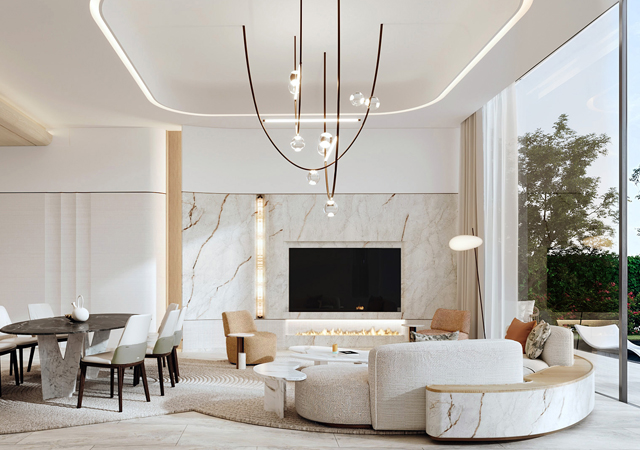
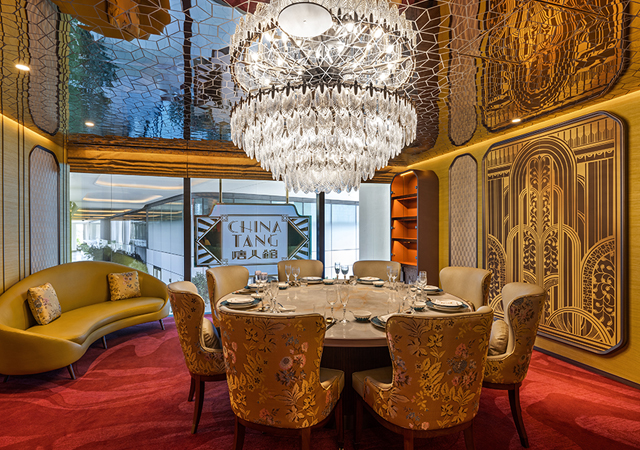
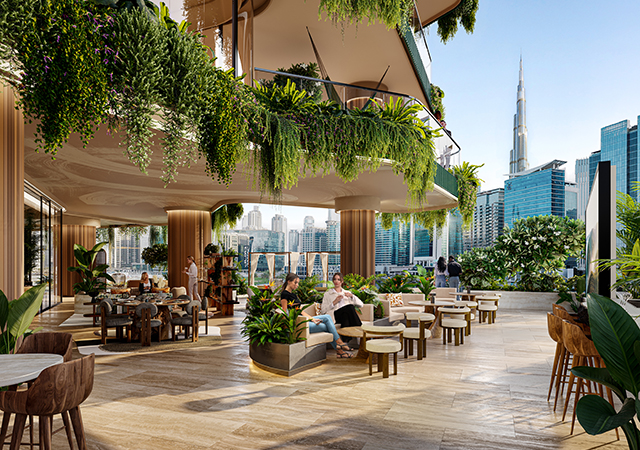
.jpg)




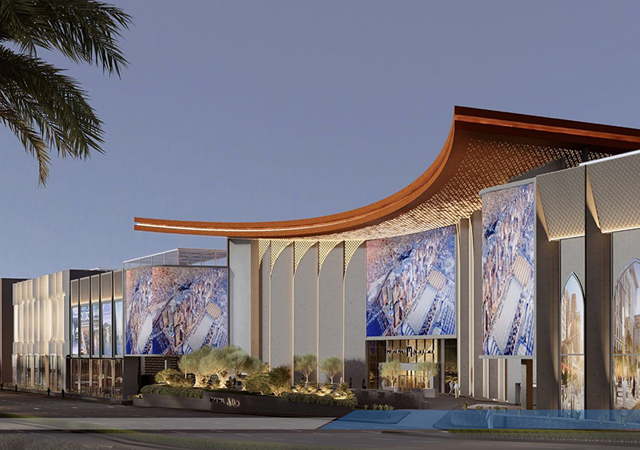
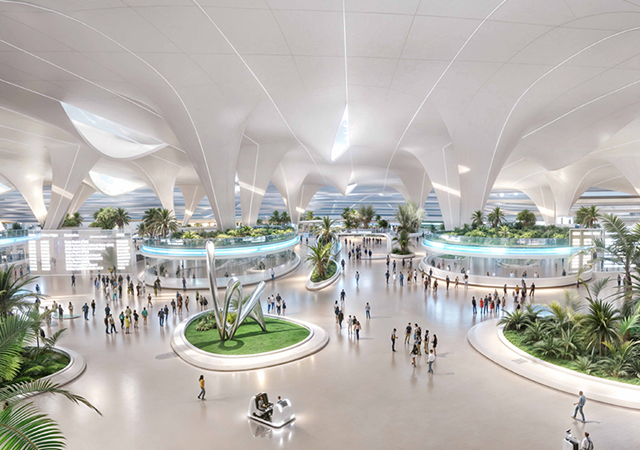
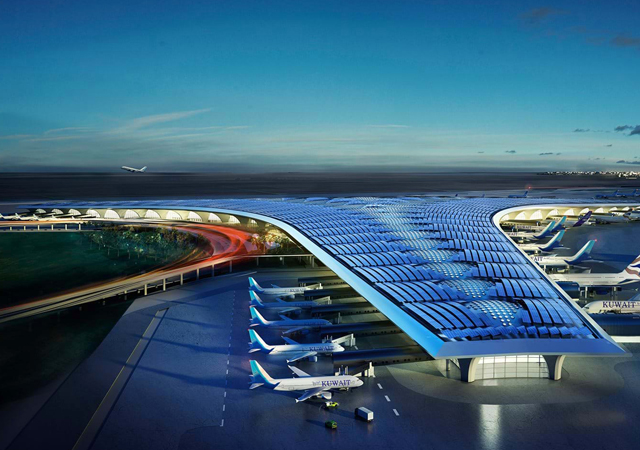
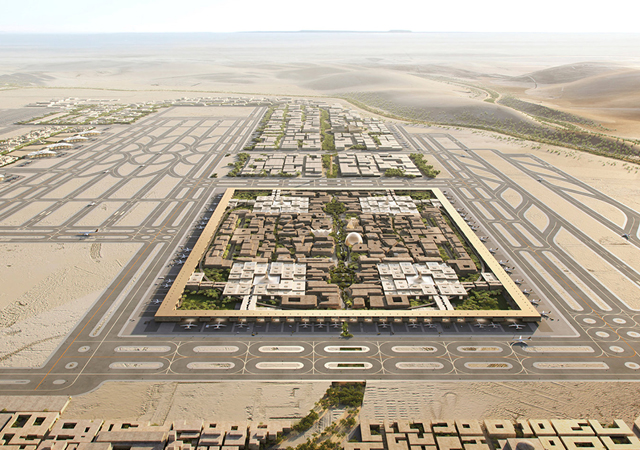
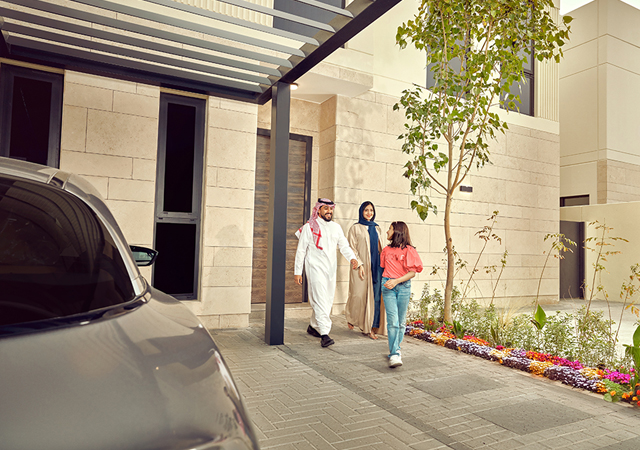
.jpg)
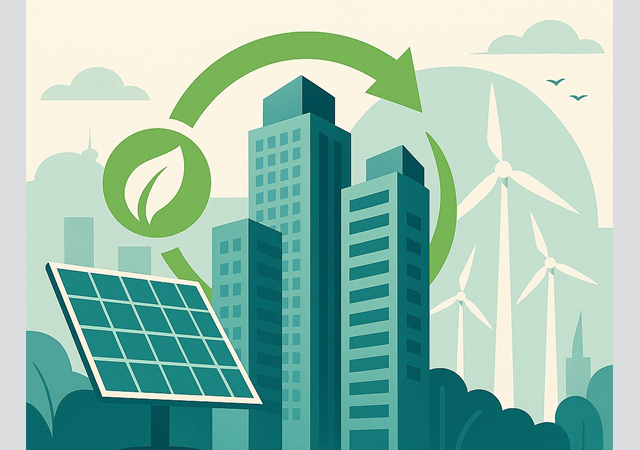
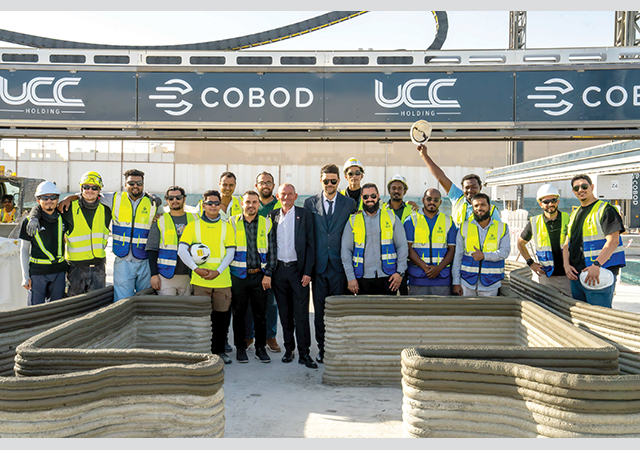
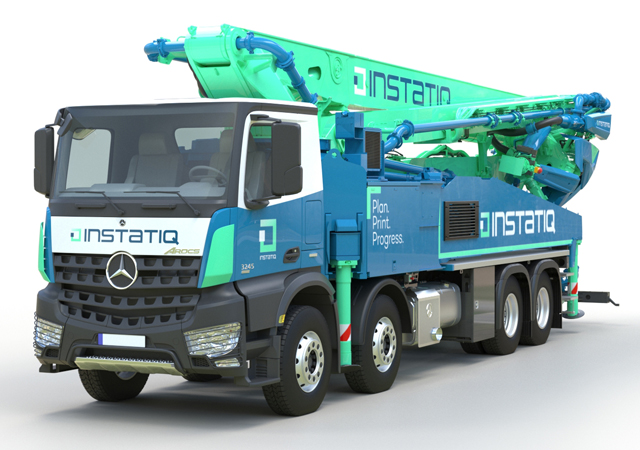
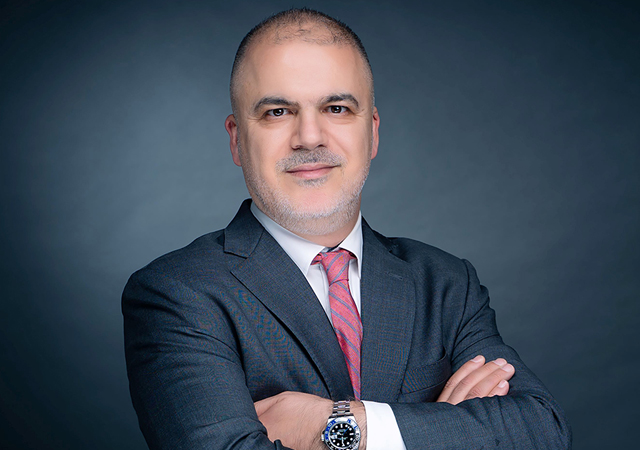
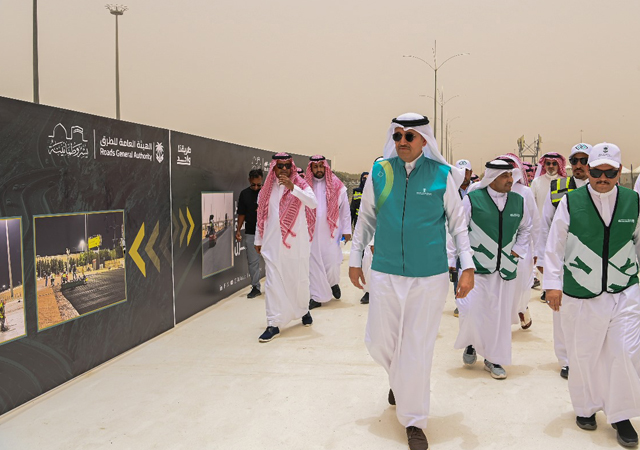
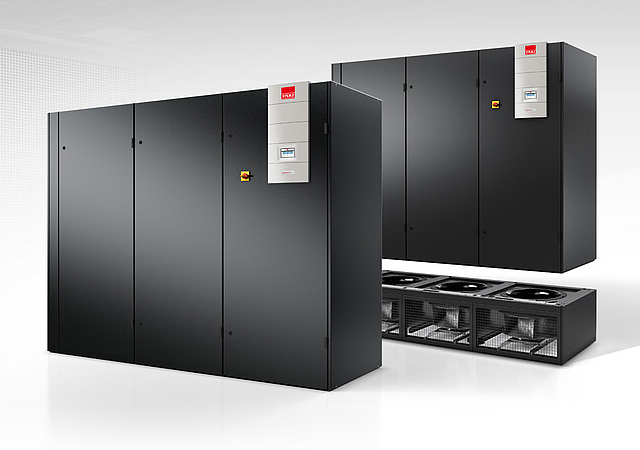
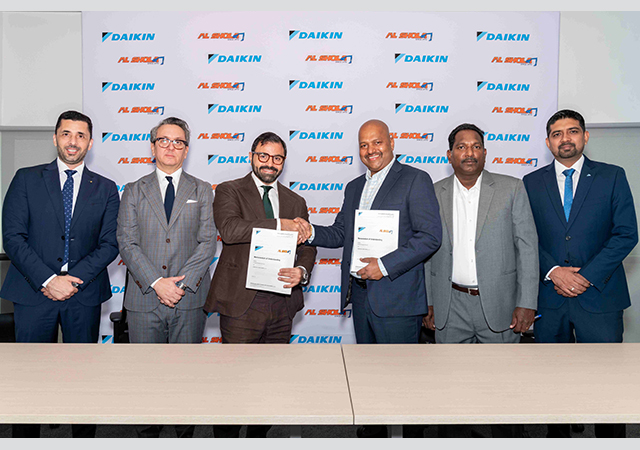

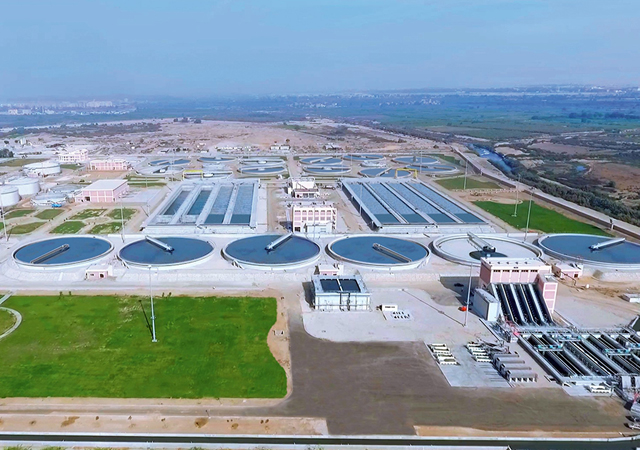
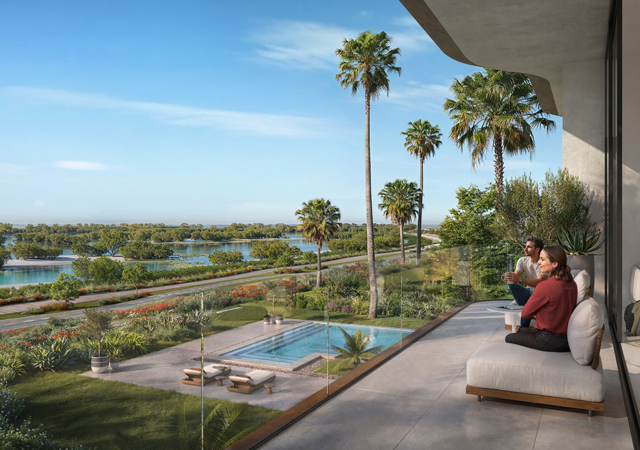
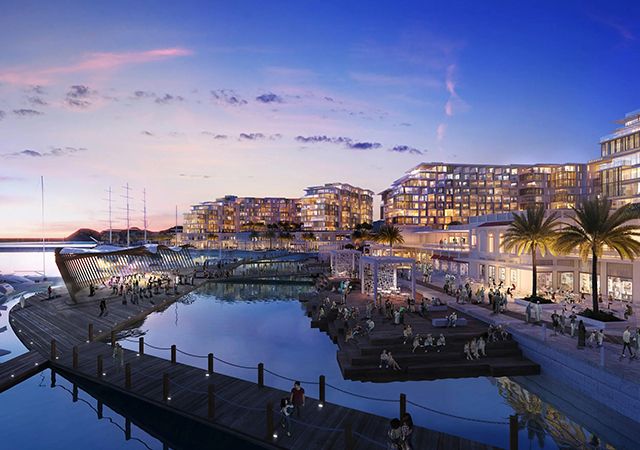

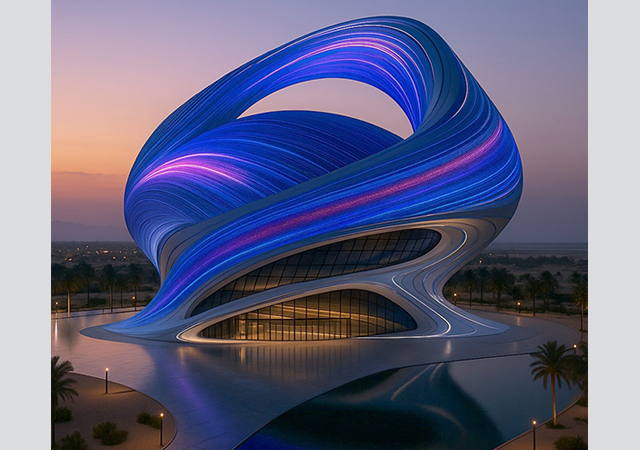
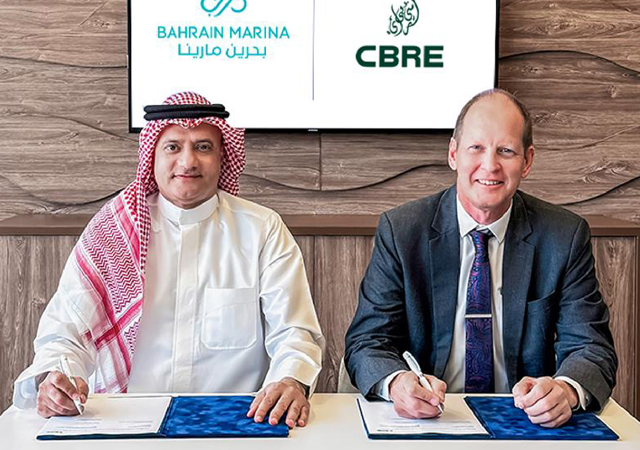
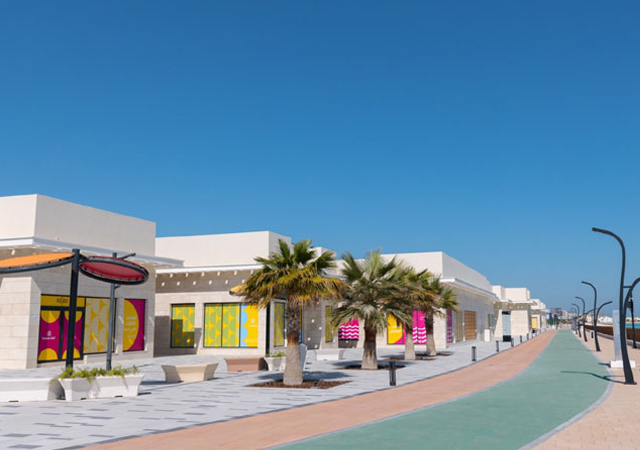
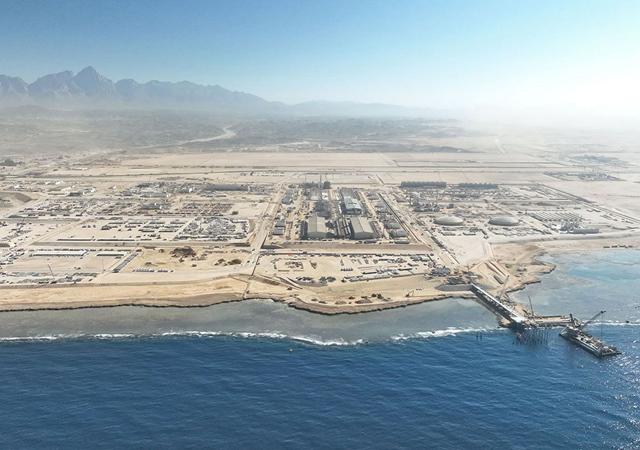
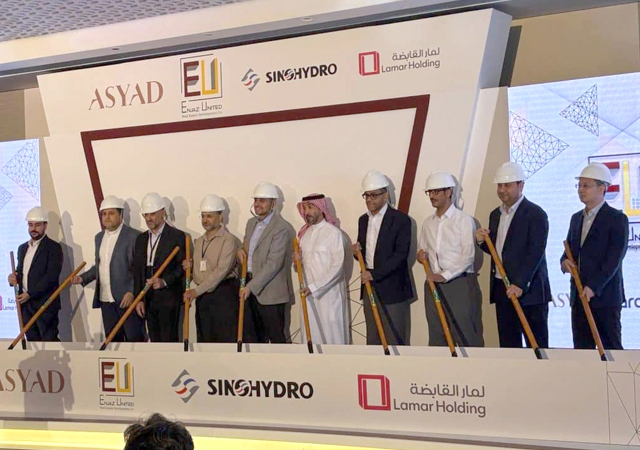
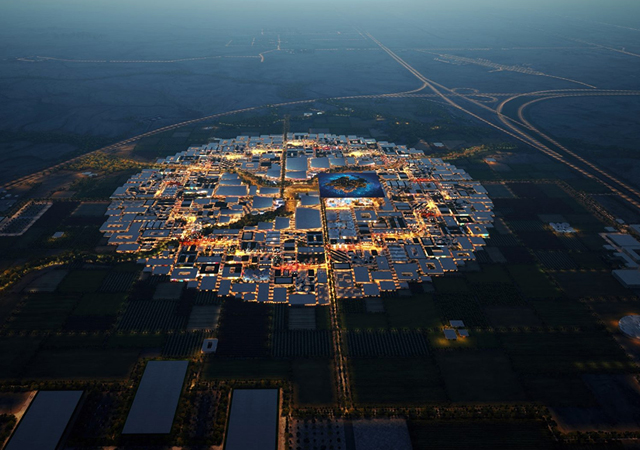
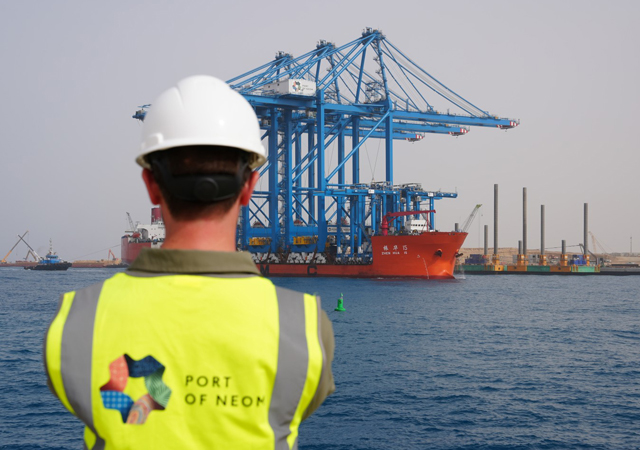
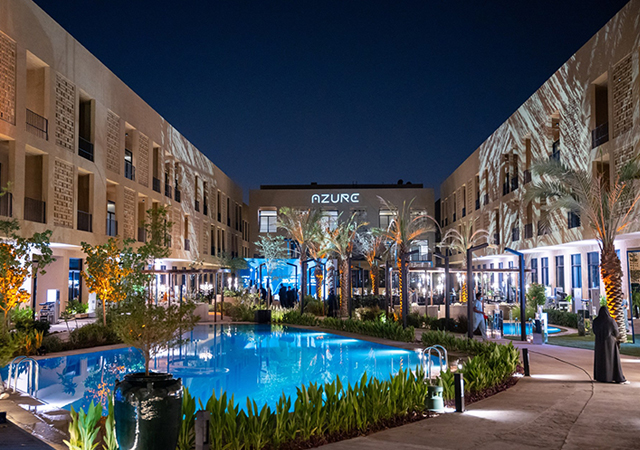
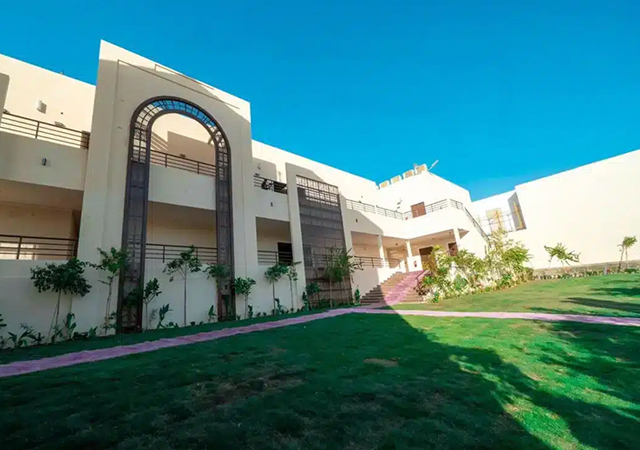

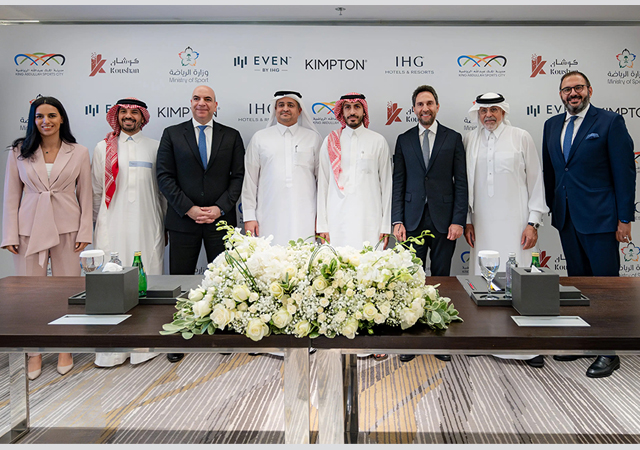
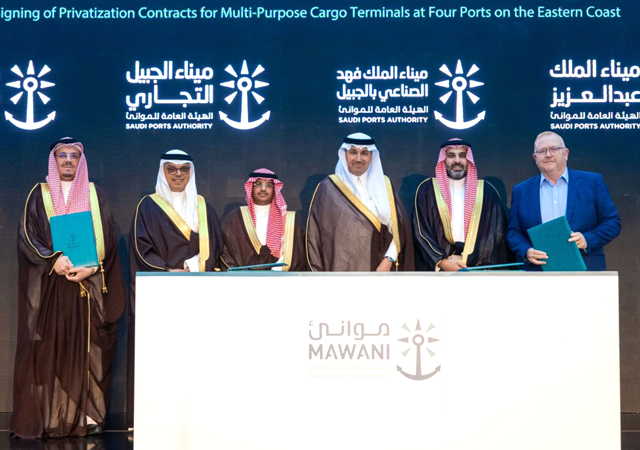
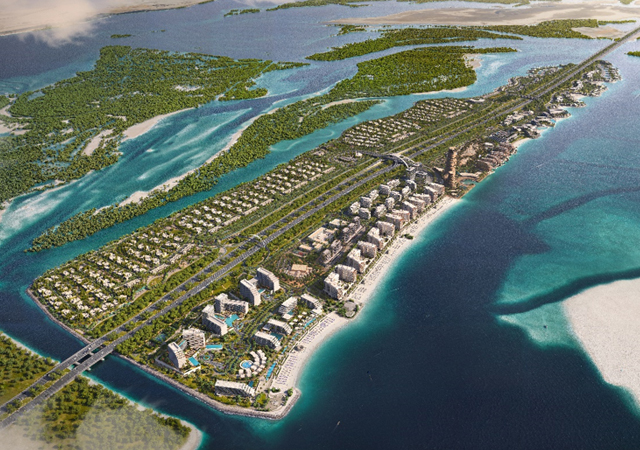
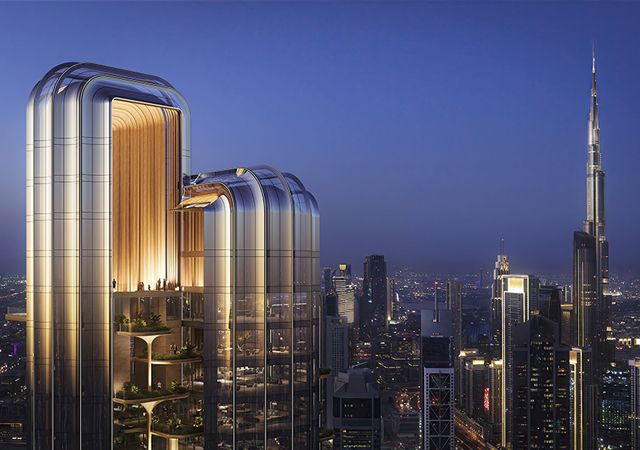
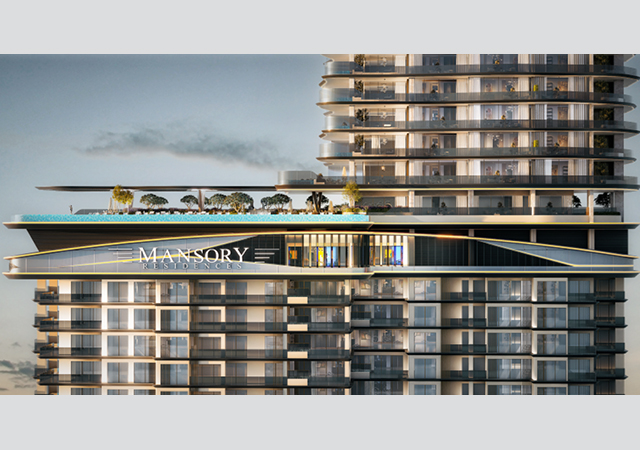
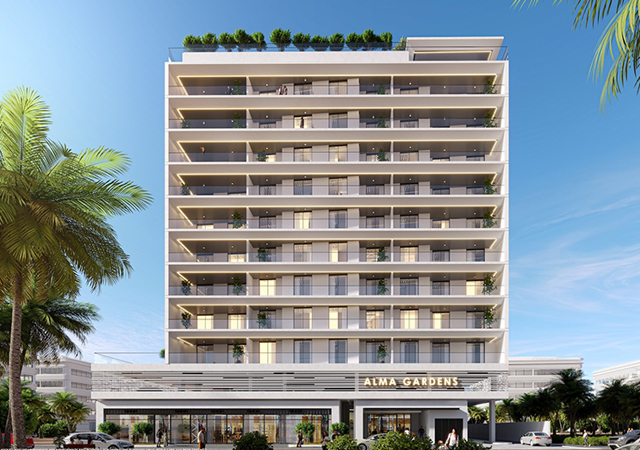

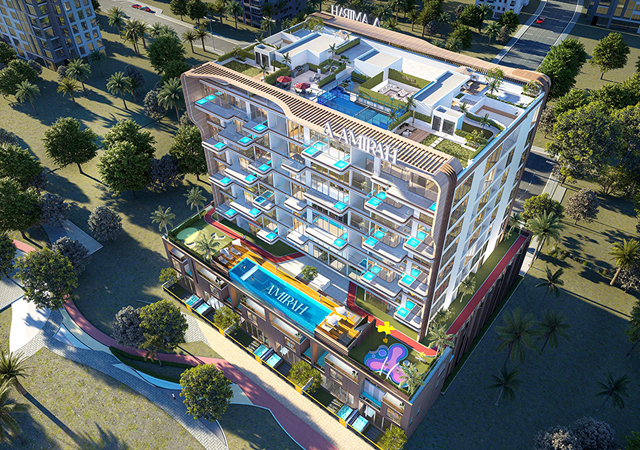
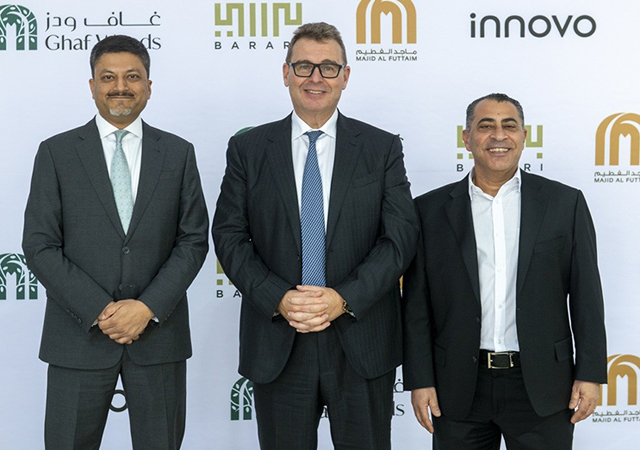
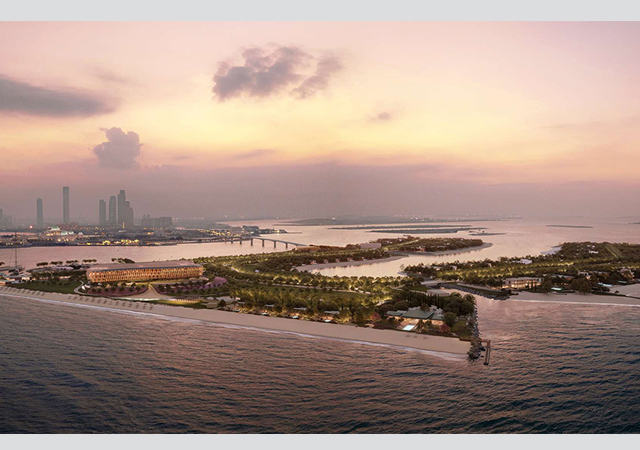
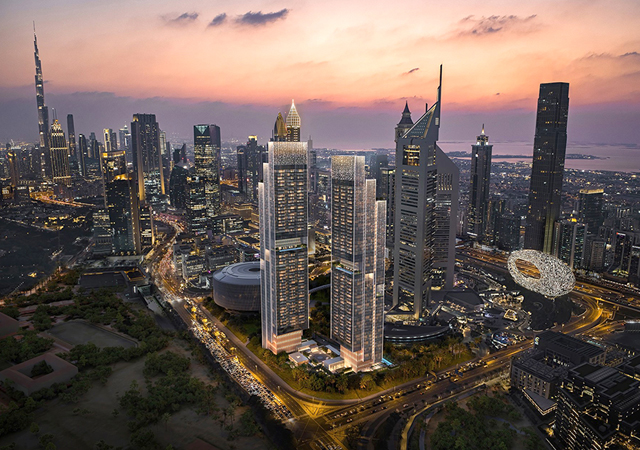
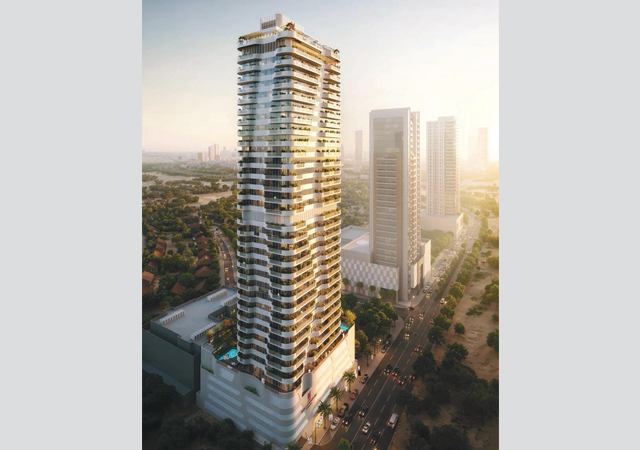
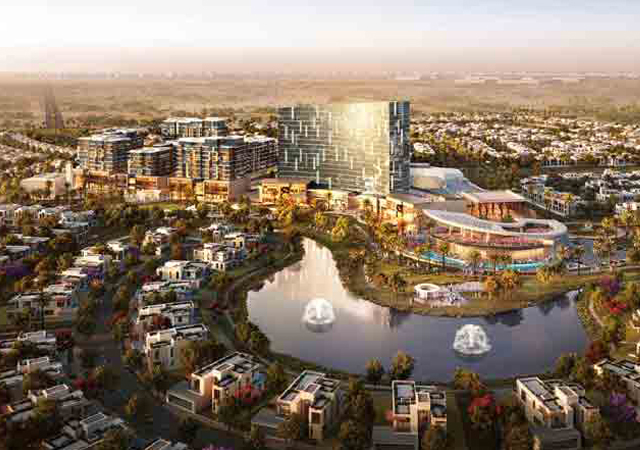
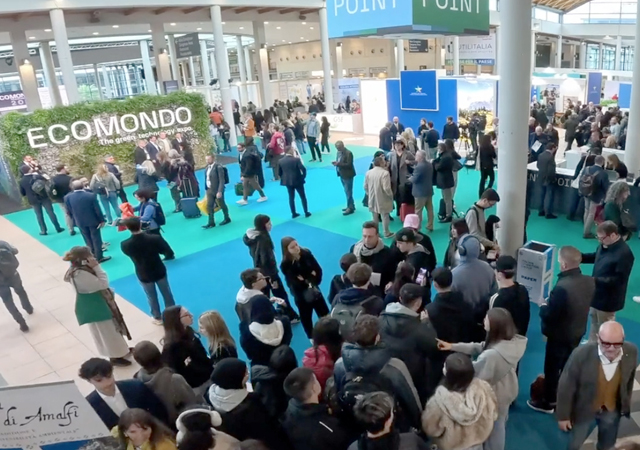
.jpg)











